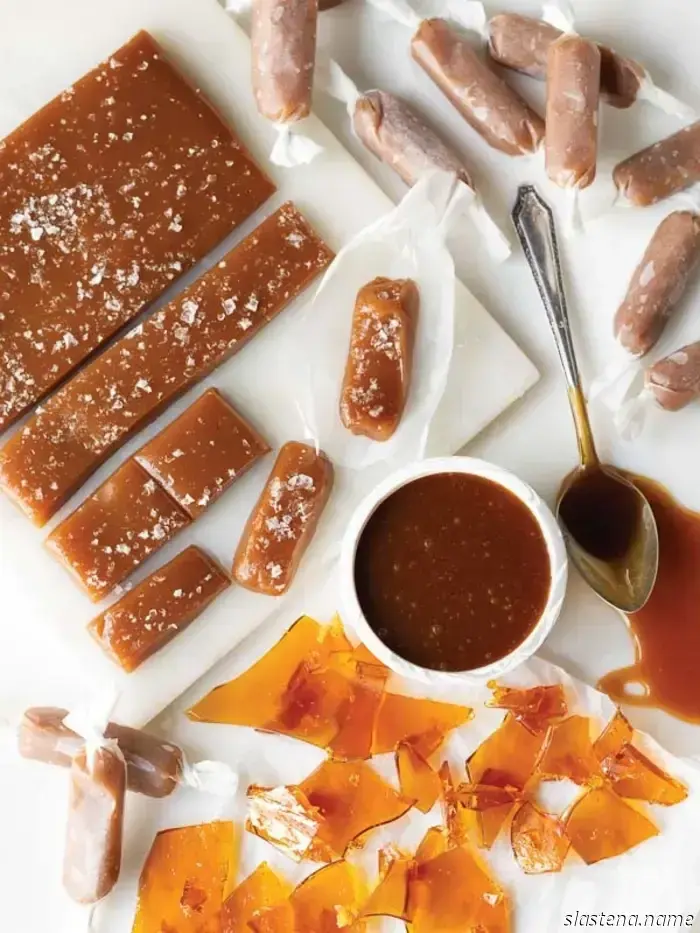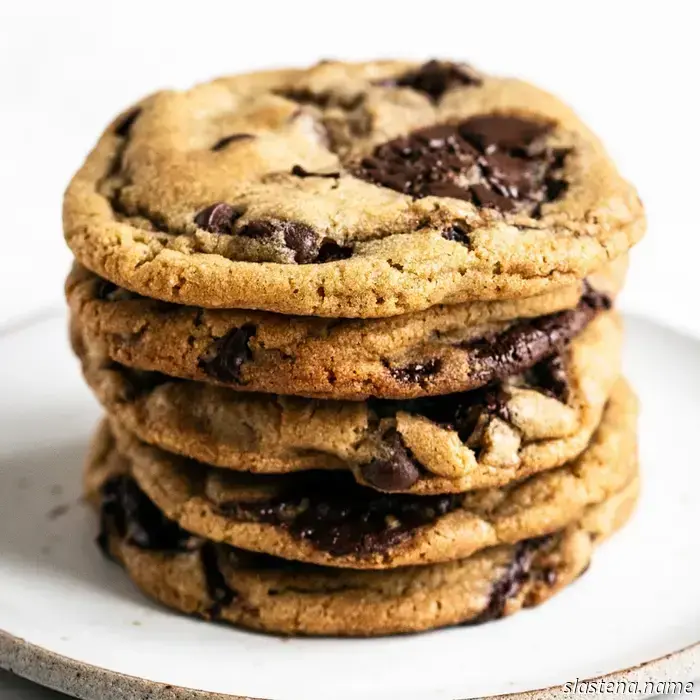
Comprehensive Guide to Caramel in Baking: Bake from Scratch
Caramel represents one of the most straightforward yet mesmerizing changes in baking. Fundamentally, it's simply sugar exposed to heat—but the transformation that occurs is remarkable. From glistening strands to shiny brittles, grasping the various stages of caramel is essential. This lesson equips you with the necessary skills and assurance to perfect sauces, brittles, and more—without creating burnt batches!
Click here to download a printable PDF of this lesson!
INGREDIENT OVERVIEW
While caramel fundamentally consists of sugar, each additional component—water, cream, butter, or salt—affects its texture and flavor in unique ways. Knowing how these ingredients interact is crucial for crafting sauces that glide like silk, brittles that snap cleanly, and tarts that find harmony between sweetness and depth.
GRANULATED SUGAR: Caramel starts with sucrose, which is a disaccharide formed by glucose and fructose linked together. When heated, these bonds break, causing the individual sugars to decompose and reassemble into countless new aromatic compounds. This is why caramel can exhibit scents reminiscent of buttered toast one moment and smoky toffee the next. Granulated sugar serves as the purest base—you achieve the clearest, most controlled flavor transformation.
WATER: In wet caramel, water evenly dissolves sugar before the heat begins its transformation. Think of it as a buffer—it prevents early hot spots, distributes heat evenly, and promotes a gradual rise in temperature. However, once the water evaporates, the sugar behaves as it always does: melting, darkening, and approaching bitterness.
CORN SYRUP (OR INVERTED SUGAR): Sucrose molecules prefer order; if given the opportunity, they will revert to crystals. Corn syrup, honey, or golden syrup disrupt this orderly formation by adding glucose or fructose, which are less likely to crystallize. This “inverted sugar” maintains your caramel's smoothness and elasticity—serving as a safeguard against graininess.
HEAVY WHIPPING CREAM: Incorporating cream halts caramelization and introduces fat. The proteins and water in cream relax the rigid sugar structure of caramel, transforming it into sauce or candy. Fat molecules also carry volatile flavor components, enriching the caramel's taste and aroma.
UNSALTED BUTTER: Butter emulsifies within caramel, imparting a luxurious texture and a depth of flavor that includes a hint of nuttiness (akin to browned butter's subtle hazelnut notes). It also softens the final texture, yielding a chewier rather than a brittle result.
KOSHER SALT: The sodium ions in salt enhance flavor perception by muting bitterness and heightening sweetness. In caramel, this balancing act is transformative: flavors that might taste overly sweet suddenly become nuanced and vibrant. Sprinkling flakes on top adds crunch and a delayed burst of flavor.
VANILLA & INFUSIONS: Aromatic compounds like vanillin are sensitive to high heat, so they're added toward the end. Infusing cream with coffee beans, tea leaves, or spices before incorporating it into caramel ensures that their fat-soluble flavor molecules are well-represented in the final product.
EQUIPMENT ESSENTIALS
Accomplishing caramel requires precision, patience, and preparation. These tools give you control at each step—from dissolving sugar to safely pouring molten syrup—allowing you to concentrate on the process instead of feeling stressed.
WHISK: When cream interacts with molten sugar, caramel foams vigorously. A whisk's multiple wires penetrate this turbulence, quickly breaking down clumps and blending in fat. It also facilitates a stable emulsion when butter and sugar combine, ensuring your sauce remains glossy and free of lumps.
SPATULA: A silicone spatula is both heatproof and flexible, gliding smoothly against the curves of your pan. It helps avoid scratching while stirring and is ideal for scraping hot caramel into containers or smoothing candy surfaces. Unlike wooden spoons, silicone won't trap sugar crystals that could provoke unwanted crystallization.
RIMMED BAKING SHEET/SQUARE PAN: Caramel requires sturdy boundaries. A rimmed baking sheet lined with silicone or parchment gives hot sugar room to spread thin and cool into a glassy sheet for shards. A square pan sustains softer caramels in shape as they set. The edges also serve as protection, containing bubbling sugar and ensuring safe pouring.
MEASURING CUPS WITH SPOUT: Accurate measurements are critical, as is controlled pouring. Heatproof measuring cups with spouts enable you to stream warm cream steadily into caramel, minimizing splatter and managing foam. Their design helps facilitate calm transitions during dangerous phases.
GLASS NESTING BOWLS: Timing is vital in caramel making, so preparation is key. Glass bowls keep all elements—sugar, cubed butter, heated cream—visible, ensuring that nothing is overlooked in the rush. They are also heatproof for microwaving cream or holding hot caramel, and their nesting construction keeps your



















Comprehensive Guide to Caramel in Baking: Bake from Scratch
This lesson equips you with the skills and assurance to perfect caramel sauces, brittles, and more—without any risk of burnt batches!

